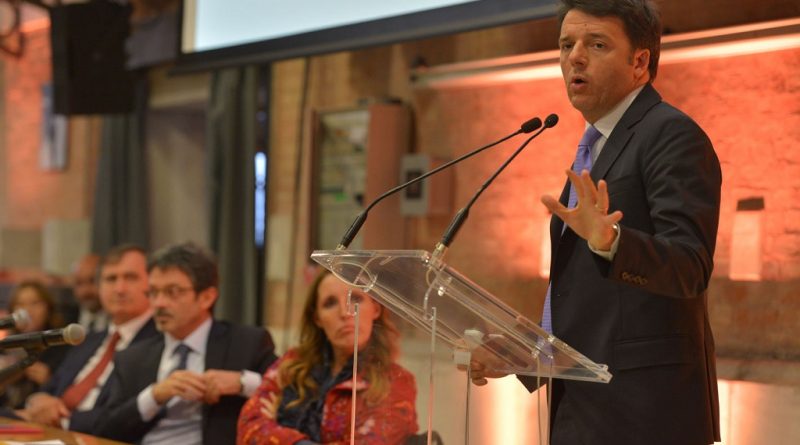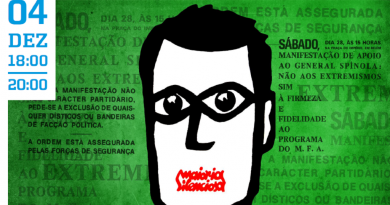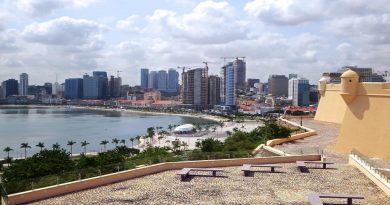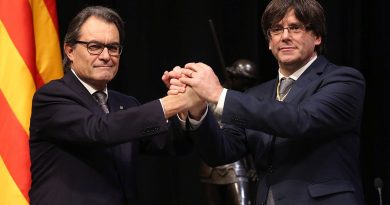March 2018 general elections in Italy: An overview
On 4 March 2018, 51 million voters in Italy are called to elect the representatives for the XVIII legislature of the Italian Republic. Following the political result of the ballots, the President of the Republic (PR) Sergio Mattarella will indicate a PM to form a government that the 630 deputies of the lower chamber and the 315 senators elected will finally have to approve for it to be in charge.
Italian political instability: The 2013 elections and the XVII legislature
The now-ending XVII Italian legislature started with the general elections held on 24-25 February 2013. Several organization carrying out opinion polling had foreseen a major victory for the centre-left Partito Democratico (“Democratic Party”, PD) headed by Pier Luigi Bersani, in coalition with some minor parties, while the centre-right coalition led by Silvio Berlusconi, and the Movimento Cinque Stelle (“Five Star Movement”, M5S) of the former comedian Beppe Grillo were to follow at distance, even in a scenario of reducing gap among the political forces.
However, a last-minute collapse of the trust towards the PD, an impressive recovery of Berlusconi’s party Forza Italia (“Forward Italy”, FI), and an unexpected increase in the polls for the M5S considerably complicated the outcome of the elections: the voters crowned the centre-left coalition as winner of the elections, but because of the electoral system this coalition had not the majority in the Senate, where the support of other political forces was needed to grant the vote of confidence to form a government. Bersani said that PD was ‘first, but not the victor’, nonetheless he received an exploratory mandate by the then PR Giorgio Napolitano to evaluate the willingness of other political forces to support a government headed by the PD secretary. Since this tentative ended in a failure, President Napolitano gave the mandate to form a ‘Große Koalition’ government to MP Enrico Letta, that oriented his action to include FI representatives and former PM Mario Monti’s forces to grant the numbers to form a government.
After 300 days, the Letta government lost the support of its main patron, i.e. the PD and its secretary Matteo Renzi, as the latter wanted become PM to increase the government’s action in a crucial period of economic recovery, and to implement a reform program. This reform program culminated with the tentative of implementation of a constitutional reform that would have reshaped the Italian institutional organization. Even if this reform was approved by the Parliament, it was not approved by a confirmative referendum in December 2016, determining the failure of Renzi government – we at Changing World have diffusely talked about this issue here, here, and here.
Soon after Renzi resigned as PM, the former Minister of Foreign Affairs Paolo Gentiloni received the mandate by the newly elected PR Sergio Mattarella to form a new government to ratify a new electoral system that could grant governability for the next legislature.
A fragmented political panorama and the next elections: Protagonists and polls
The Italian political panorama in the last months appeared to be deeply fragmented, and considering the latest polls before the election silence, it is difficult to foresee any possible winner of the coming elections.
The total number of parties and movements allowed to take part to the elections is superior to 35, sixteen of which are registered at least in two thirds of the constituencies. There are two main coalitions, being the first the centre-left coalition headed by the PD, and the second the centre-right headed by Berlusconi’s FI. While the centre-left coalition is essentially monopolized by the PD with 22,8% out of 27,5% average polls of the coalition, followed by Emma Bonino’s radical party +Europa with around 3%, the situation of the centre-right coalition is more articulated: out of 37,2% average polls for the coalition, FI will get 16,7%, Matteo Salvini’s Lega (“League”, LN) 13,4%, and Giorgia Meloni’s Fratelli d’Italia (“Brothers of Italy”, FdI) 4,7%. Beyond these two coalitions, the M5S longs for being the first political movement in Italy with an average poll of 27,6%, superior even to the centre-left coalition. Finally, the leftist movement Liberi e Uguali (“Free and Equals”, LeU) headed by former Chambers Presidents Pietro Grasso and Laura Boldrini, and composed by former PD’s MPs and other left-winged movements and parties, is credited with 5,6% of the polls.
Even if the political fragmentation is quite clear through these features, with no party going beyond a third of the total polls, the centre-right coalition is favourite to win the elections, as the electoral system would give a majority bonus to the coalition that will go beyond the 40% of the ballots in its proportional part, while in its first-past-the-post part this coalition is advantaged by the strength of LN in northern Italy, that can determine the victory in almost all the constituencies in the most populated areas of the country.
In this moment, however, it is impossible to be sure if there will be any clear majority in the next Italian parliament; moreover, without such a majority, it is possible that negotiations will be held to create another ‘Große Koalition’ government, maybe headed by the same Paolo Gentiloni. This situation of uncertainty has been stressed by a statement of the European Commission President Jean-Claude Juncker, for which Europe should prepare ‘for the worst scenario and the worst scenario could be no operational government’ in Rome following the 4 March elections. The chaotic political situation characterizing Italy nowadays has been considered at length by international press; an interesting collection of some of the peculiarities of next elections, focusing especially on the came back of 81 years old Berlusconi, has been showed by John Oliver in his ‘Last Week Tonight’ on the American channel HBO: even if his description of the main protagonists is sometimes way too caricatural, it is consistent with the reality of the Italian political situation.
Matteo Renzi. Photo by Vision / CC BY 2.0
![]() This work is licensed under a Creative Commons Attribution-NonCommercial-ShareAlike 4.0 International License.
This work is licensed under a Creative Commons Attribution-NonCommercial-ShareAlike 4.0 International License.




